There are probably few crops as simultaneously valuable and undervalued as the squash. These generous plants grow freely, and feed people through the summer as zucchini and yellow crookneck. Then people grow tired of them, and make jokes about trying and failing to share them with others — though that’s a problem I’ve never experienced. There is no such thing as “too much zucchini” for me.
Come fall, squash are marketed as “pumpkins” or are erroneously named “gourds” and millions of pounds of delectable, delicious food is carved, painted, stacked, and left to rot on front porches across the United States (a practice I detest and so, attempt to salvage them every year).

I am advocating for a reconsideration of our relationship with squash. These plants are more than just decorations. They are some of the original storage food plants, offering those wise enough to grow them and save them an opportunity to have food through a long, cold winter. I hope that I’m not alone in my squash appreciation, and if you’re reading this article, that means you, too, are interested in growing your own squash, and saving seeds to plant next year.
Now why would you want to save your own squash seeds? Many reasons!
The first is, of course, the ability to have garden self-sufficiency. If you depend on a seed purchase every year to get your food plot growing, you’re pretty dependent on that purchase. If you learn how to save your own seeds, you’re not only more frugal, but a lot more free from the clutch of the seed catalogs.
Additionally, saving your own squash seeds allows you to select for stronger, more land-adapted squash with every passing year. Since my land is plagued with both drought and squash bugs, I’m working on breeding my own landrace squash varieties to select for insect resistance and climate resilience. You can breed your own squash to accomplish your goals with the same skill. And finally, it’s really fun … you know, in a nerdy gardener sort of way.
With that said, let’s get into the nitty-gritty of Cucurbita seed savin’!
1. Know Your Squash
When it comes to saving squash seeds, it’s a little more complicated than just putting seeds to soil. Of all the garden plants, these are probably some of the least understood (as their many names suggest). If you’ll allow, here’s a brief squash primer to get you better acquainted.
Plant taxonomists haven’t really agreed on how many species of plants fall under the Cucurbita genus. The number ranges from 13 to 30 — but for our purposes (and our sanity), we’ll be discussing the four main species that are used as food in the United States.
Cucurbita Maxima

Cucurbita maxima. There is a mind-boggling array of varieties derived from this species. It grows a lot of your big “pumpkins,” as well as the long-storing Hubbard squash.
Cucurbita Moschata

Cucurbita moschata. These are your butternut-type squashes. Though they don’t all have that characteristic shape, most of them do have tan skin and a bright sunset-orange interior.
Cucurbita Pepo

Cucurbita pepo. Almost all of the so-called “summer squash” came from this species — everything from zucchini to yellow crookneck. This group also includes your spaghetti squash, and a lot of the pumpkins folks use for carving and pie making (even though most any squash can be used for delicious pie).
Cucurbita Argyrosperma / Cucurbita Mixta

Cucurbita argyrosperma (sometimes called Cucurbita mixta). You’re most likely to encounter this generally large squash as a green-striped decoration, but they’re good for storage and eating as well. The most common type in my area is some variant of “cushaw” but there’s many more than that.
Why know these four species? Well, squashes are a promiscuous bunch. Since they’re insect-pollinated, it’s very easy for pollinators to cross squash types of the same species. You may think you’re growing spaghetti squash, black star zucchini, and small pie pumpkins in your garden, for example, but those three varieties are all Cucurbita pepo, and they’ll cross-pollinate. Save seeds from them, and you’ll have potentially interesting mixtures of all three, but no true seed.
The only way you could save true seed in that situation is to hand-pollinate and tape blossoms. It’s a fascinating endeavor for the curious, of course, but one that may end up being more trouble than it’s worth for the average gardener. Instead, if you want to grow lots of squash without them crossing, you can grow one variety from each species, and still save true seed at harvest time.
2. Grow Your Squash

In order to save seeds from a squash fruit, the fruit needs to be fully mature. If you’re saving seeds from winter squash with fully developed flavors and hard skins, getting viable seeds is as easy as cutting the fruit open and scooping out the seeds. In this way, you can save seeds from any pumpkin or squash bought at a grocer store or farmers market. Granted, those seeds will most likely be hybridized, but they still can produce tasty squash. I have grown dozens of pumpkins with seeds harvested from grocery store winter squash.
If you want to save seeds from summer squashes, however, you’ll have to grow them yourself. The tender zucchini, buttery crookneck, and savory yellow squash that we enjoy all summer are eaten in their babyhood. That’s why their seeds, if you notice them at all, are barely visible in a soft white interior, and certainly nothing worth saving. Even overripe summer squash, like the monster zucchini that you sometimes stumble across midsummer, are still not fully ripe in a seed-developing sense. No. If you want to save seeds from summer squash, you’ve got to let them grow to their final, monstrous form. Which brings me to the next point.
3. Allow to Ripen Fully
Whether you’re growing winter or summer squash, the only way to harvest viable seeds is to let them ripen completely. Depending on the variety, this can take anywhere from 80 to 110 days, depending on the variety (C. moschata squashes take the longest). The standard garden advice is to test the skin of a potentially ripe squash with your fingernail. If your fingernail pierces the skin, it’s nowhere close. If it dents the skin, you’re almost there, but not quite. Once the skin is so hard that a fingernail doesn’t leave much trace, you have a ripe squash.
This is true for all four species mentioned in this article, but probably important to know for anything grown as a summer squash.
4. Cure the Squash

This is not necessarily important for seed-saving, but it matters for squash eating. If you’ve grown a pumpkin, summer, or winter squash to maturity, you will greatly extend its shelf life by setting it in a dry, warm location out of the sun, for at least a week. This will allow the squash skin to dry, and form a protective barrier against mold, rot, and anything that would put entropy in motion (at least for a time).
I’ve read conflicting advice about what to do with the squash at this point. Some gardeners recommend dipping the squash in a vinegar or bleach solution to prevent mold growth in storage. Other growers caution to absolutely avoid doing any sort of surface cleaning before storage. What’s true? In my experience, fully cured, sound squash needs no chemical surface treatment. In our kitchen, if a squash develops a soft spot, it’s a silent declaration that it’s time to be eaten.
If you notice that a squash is developing wrinkled skin or spots of mold, it’s time to send it to the kitchen. Wrinkled skin means its drying out (perhaps it wasn’t fully mature when cut), and mold can be cut off as long as it didn’t go into the seed cavity.
Now technically, at this point, you can cut any of your mature squash open and harvest seeds, but for the best possible seed harvest, move along to my next point.
5. Allow to Sit for at Least a Month, if Possible
In her book Seed to Seed, Suzanne Ashworth recommends that cured squash be allowed to sit, at room temperature, for at least a month before seeds are harvested. In the case of C. moschata types, three months. This time allows the ripening process to fully run its course.
6. Cut Squash Open and Remove Seeds
Finally! This step, I hope, needs no further explanation.
6.1 Eat Your Squash
Maybe it’s a personal vendetta, but I must exhort you to enjoy the squash you’ve worked so hard to grow. Winter squash are meant to be eaten in this stage, of course, but don’t write off the “overripe” summer squash, either. Fully mature zucchini is great in vegetable soup, for example, and some other summer squash make excellent winter squash if given the chance.
7. Rinse Seeds Under Water and Allow to Dry Fully
Squash seeds are usually a somewhat goopy orange with their interior pulp. Place the seeds in a bowl of cool water, and rub off as much color as you can. Then, pour them through a sieve and pick out any remaining pulp strands.
Spread seeds in a single layer on a plate or baking sheet and allow to dry fully — at least two weeks, maybe more. Mix them every day to expose all the surfaces to air, and don’t rush this step. My first year saving seeds, I lost a whole harvest of Burgess buttercup seeds to mold because I put them in storage too soon. Then I did it again with a load of Seminole pumpkin. Learn from (all) my mistakes: Take. Your. Time.
Also keep in mind, squash seeds are irresistible to passing rodents. Since squash seeds are usually in the kitchen around the fall when mice are moving into winter hiding places, be sure to dry your squash seeds out of reach.
8. Remove Any Ghost Seeds (Optional, but Recommended)

Once seeds are fully dry, I always go through them and remove what I call ghost seeds. These are seeds that look normal, but are totally empty inside. You can find ghost seeds easily by giving every seed a squeeze before you put it in storage. Good seeds will feel heavy and full. Squeezing them won’t do anything. Ghost seeds will be light in your hand and give a little when you squeeze them — kind of like a balloon. Either compost these or throw them to the chickens as a disappointing snack.
9. Label and Store
Once your absolutely, 100% positive the seeds are super-duper dry, slip them in an envelope labeled with the variety name and year of harvest. Store in a cool, dry location through the winter. Then you can spend the cold months dreaming of the warm, late-spring days when you’ll retrieve your own homegrown seeds from storage, and slide them into the soil for a new generation of homegrown goodness.
What seeds of squash are you saving this year? Let us know in the comments below!






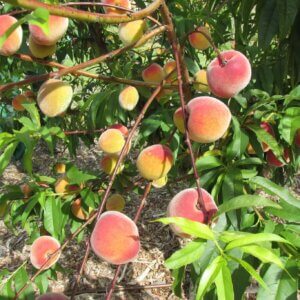

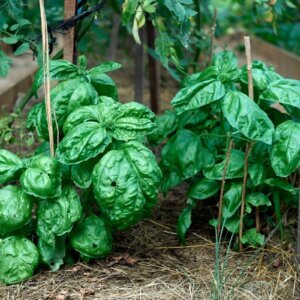
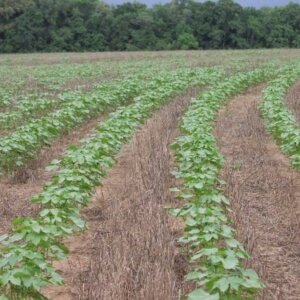

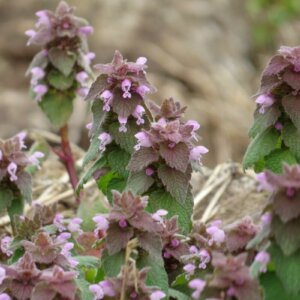
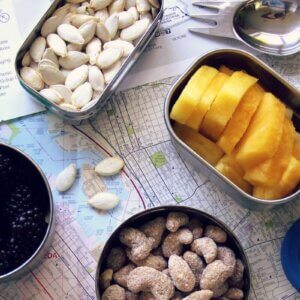

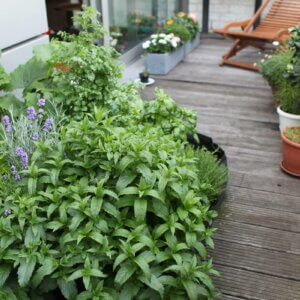

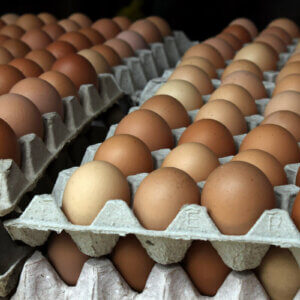
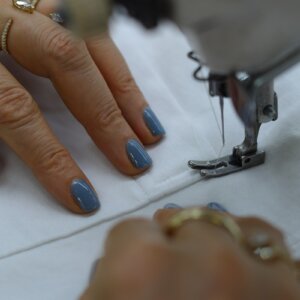
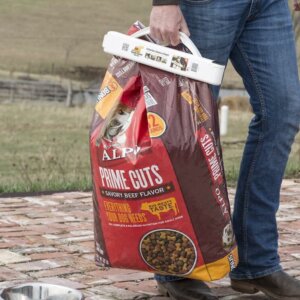

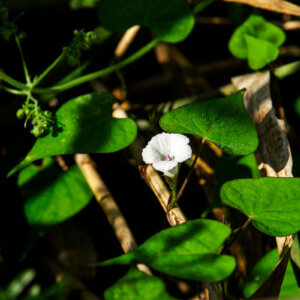


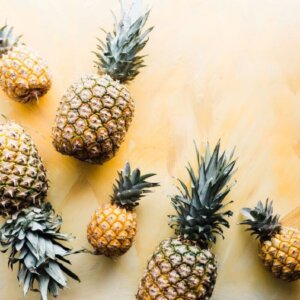
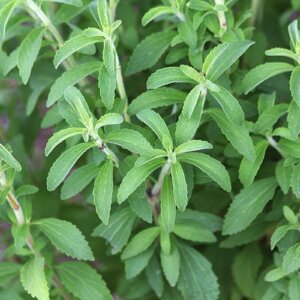




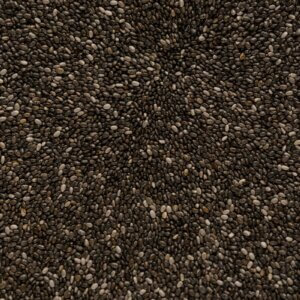





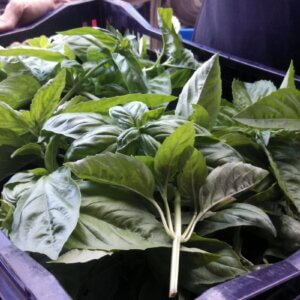

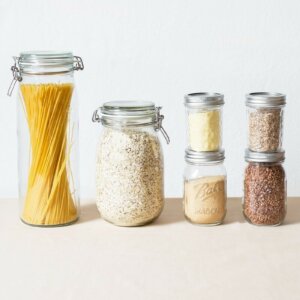



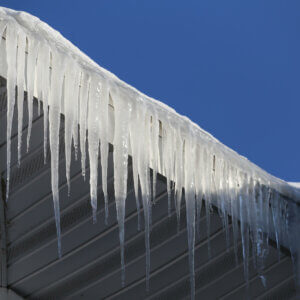
Leave a Reply